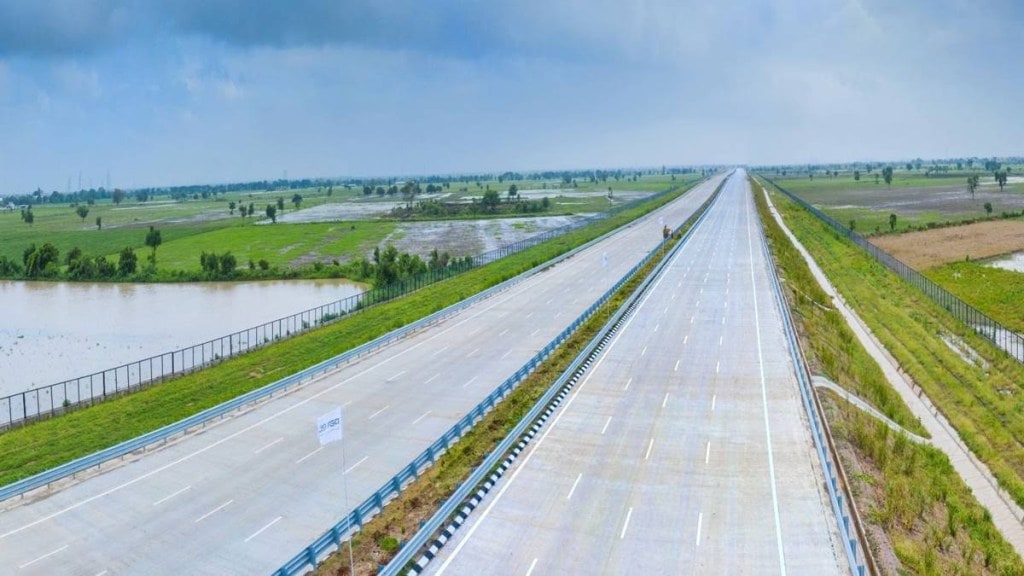The Ministry of Road Transport and Highways (MoRTH) has achieved a significant milestone by constructing approximately 92,000 kilometers of national highways over the past nine and a half years. According to MoRTH secretary Anurag Jain, this figure is set to rise to 95,000 kilometers by the end of the upcoming month. Speaking at an event hosted by the International Road Federation (IRF), Jain emphasised the ministry’s adoption of cutting-edge technologies, including Artificial Intelligence, to revolutionise transportation planning and develop forward-looking transport models.
Jain underscored the importance of constructing high-speed corridors designed to cater to projected congestion and accommodate the needs of a growing population for the next five decades. He highlighted that these corridors are pivotal in addressing prospective traffic challenges.
Addressing most black spots on national highways
Jain disclosed that the ministry has meticulously identified and prioritised addressing most black spots on national highways across the country, with plans to mitigate them by the conclusion of March 2025.
Evolving role of infrastructure
Anouar Benazzous, President of IRF, emphasised the evolving role of infrastructure planners, designers, and contractors, stressing the necessity for them to embrace emerging technologies, digital tools, and Intelligent Transport Systems (ITS) to enhance efficiency and effectiveness in the sector.
Modernising road infrastructure
K K Kapila, President Emeritus of IRF, stressed the urgency of modernising road infrastructure development to accommodate the surging population growth and expanding urbanisation trends. He advocated for the integration of modern equipment, state-of-the-art technologies, sustainable materials, and comprehensive policy guidelines to meet the evolving demands of the transportation landscape.
The collaborative efforts of the MoRTH and organisations like the IRF are instrumental in driving innovation and advancing the transportation sector, ensuring it remains resilient and adaptive to the challenges of the future.

